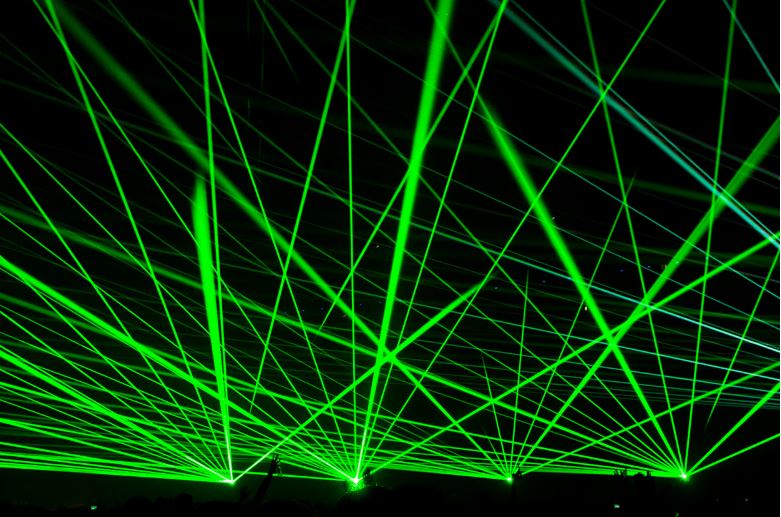 The laser technology was first introduced in early 1960 by Theodore H. Maiman at Hughes Research Lab in California.
The laser technology was first introduced in early 1960 by Theodore H. Maiman at Hughes Research Lab in California.
Theodore made the first laser operate by shining a high-power flash lamp on a ruby rod with silver coated surfaces. He then published reports on the new invention, which were all met with criticism by media owing to the limited understanding of lasers at that time.
Today, laser technology is ubiquitous in our modern world with applications everywhere—from the automobile industry to medicine to supermarket checkouts and more. In this article, we’ll discuss 5 of the major applications of laser in the industry.
1. Marking and Engraving
Lasers are widely used in the manufacturing sector for marking and engraving names, logos, and unique symbols to give products a unique identification. That’s because lasers create high contrast, mechanically resistant, and inimitable markings on any material surface.
Plus, everything is done in one operation without any chemical additives or ink, and the process causes no mechanical alterations to material structure.
While in earlier days laser equipment used to be heavy and industry-specific, the advancement of technology has given rise to a slew of portable laser engravers that are affordable and ideal for industrial use and DIY projects. These laser engravers are also very flexible—can work on metals, plastics, electronics, organics, and more.
2. Laser Cutting
Metal cutting has been an important driver of innovation, and a crucial procedure in many manufacturing industries.
Lasers increase the precision of these cuts and have become the industry standard for cutting metals. With lasers, it’s possible to cut complex shapes and pieces from metal sheets in a way that no other technology can achieve. For more details, look into Boss Laser.
3. Laser Welding
Today, many industries are using lasers to weld parts together during the manufacturing stage of product design.
Since laser welding technology uses low heat, it minimizes the distortion of components. This makes it ideal for sealing devices such as lithium batteries, cardiac pacemakers, and others that do not allow for welding contamination and deformation.
4. Barcode Reading
Laser scanners utilize a laser beam as a light source and typically use oscillating mirrors to run the laser beam back and forth across the barcode. The reflected light from the barcode is then measured by a photodiode, and the results converted to a digital signal.
Laser barcode scanning enables accurate and timely capture of inventory data for better inventory management. One advantage of this technology is that it’s error-free. Laser scanners are also very fast and capable of conducting over 1,000 scans per second.
5. Laser Applications in the Medical Field
Laser technology has contributed greatly to the success of many operations in medicine and surgery. For example, in the eyes, lasers are used for refractive surgery to correct errors like astigmatism, farsightedness, nearsightedness, retinal disorders, and others.
Also, the advent of the “laser scalpel” made it possible to perform surgical operations that are too risky and difficult to perform with the conventional scalpel. Other applications of laser in surgery include use of lasers to excise a tumor, destroy cancer cells, perform some types of cosmetic surgery, and more.
Do you know of any other uses of lasers? Share with us in the comments section below.

